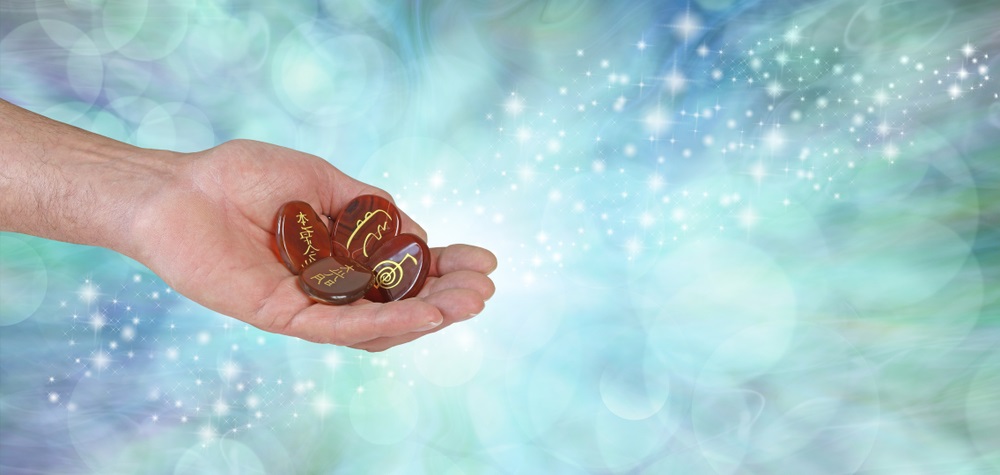Regarding the world of holistic healing, reiki energy healing is a practice that stands out for its spiritual and therapeutic significance. At the core of Reiki lie symbols, each with a unique and profound meaning.
In this article, we will delve into the fascinating world of Reiki symbols, exploring their meanings and how reiki energy healing plays a crucial role in the practice of Reiki. Join us on this enlightening journey of healing and self-discovery.
Contents
Understanding Reiki Energy Healing
Reiki, a Japanese word that translates to “universal life energy,” is a spiritual practice that harnesses the power of this universal energy for healing and self-improvement. Practitioners of Reiki believe that this energy flows through all living things and can be channeled to promote physical, emotional, and spiritual well-being. This means that reiki energy healing is a culture in some societies.
The Reiki Symbols
Central to the practice of Reiki are its symbols, each with a unique vibrational frequency. These symbols serve as tools for Reiki practitioners to connect with the universal life energy and direct it for various purposes. The belief in the meaning of the reiki symbols is helpful in a better reiki energy healing.
The Power of Cho Ku Rei
The Cho Ku Rei symbol, often referred to as the “Power” symbol, is one of the foundational symbols in Reiki. Its primary function is to increase and focus energy. Imagine it as a light switch that amplifies the flow of Reiki energy, making it more potent.
Hon Sha Ze Sho Nen for Distant Healing
Hon Sha Ze Sho Nen, known as the “Distance” symbol, enables Reiki practitioners to send healing energy across time and space. This symbol breaks the barriers of physical presence, allowing healing to transcend any limitations.
Sei He Ki for Emotional Healing
The Sei He Ki symbol, or the “Emotional” symbol, is crucial in healing emotional wounds. It assists in releasing emotional blockages, traumas, and fostering emotional balance.
The Spiritual Transformation of Dai Ko Myo
Dai Ko Myo, the “Master” symbol, is associated with spiritual enlightenment and transformation. It is the symbol of ultimate healing, promoting personal growth and enlightenment.
The Meanings Behind Reiki Symbols
Now that we’ve introduced you to the key Reiki symbols let’s explore their meanings in-depth.
It’s important to note that the symbols are considered sacred, and traditionally, their meanings are shared only with those who have been attuned to reiki.
Cho Ku Rei: The Power Symbol
The Cho Ku Rei symbol is a representation of the key to the universal power of Reiki. Its meaning lies in the ability to intensify energy, focusing it on a specific goal. This symbol is often used at the beginning of a Reiki treatment session to enhance the healing process.
Hon Sha Ze Sho Nen: Bridging the Gap
Hon Sha Ze Sho Nen symbolizes the connection between all that is. Its meaning is to unite time and space, allowing distant healing. With this symbol, a practitioner can send healing energy to individuals or situations far away.
Sei He Ki: Emotional Healing
Emotions are a fundamental part of our well-being. The Sei He Ki symbol is the key to emotional healing. It means harmonizing emotions, releasing emotional blockages, and bringing emotional balance to the recipient.
Dai Ko Myo: Enlightenment and Transformation
Dai Ko Myo, the “Master” symbol, holds the profound meaning of spiritual transformation. It signifies the path to enlightenment, personal growth, and the realization of one’s true potential.
Using Reiki Symbols in Practice
Practitioners use Reiki symbols to enhance the effectiveness of their healing sessions. By understanding the meanings of these symbols and how to use them, a Reiki practitioner can create a deeply healing experience for their clients.
Incorporating Reiki Symbols
To incorporate Reiki symbols, a practitioner draws the chosen symbol in the air, focusing their intention on its meaning. The symbol becomes a channel through which the universal life energy flows, addressing the specific issue.
Cho Ku Rei for Empowerment
Cho Ku Rei is often used to empower the hands of the practitioner, making the energy flow stronger and more targeted. Its meaning, the power switch, is a reminder of the importance of focus and intent in the healing process.
Hon Sha Ze Sho Nen for Distant Healing
Hon Sha Ze Sho Nen is used to connect with individuals who are not physically present. The practitioner sends healing energy across time and space, emphasizing the interconnectedness of all life.
Sei He Ki for Emotional Balance
For emotional healing, the practitioner calls upon the Sei He Ki symbol. The harmonizer’s meaning guides the release of emotional blockages and the restoration of emotional equilibrium.
Dai Ko Myo for Spiritual Growth
The Dai Ko Myo symbol is invoked for spiritual transformation. Practitioners use it to facilitate personal growth and spiritual enlightenment, emphasizing the interconnectedness of the spiritual and physical realms.
FAQs
Becoming a Reiki practitioner involves receiving proper training and attunement from a Reiki Master. Seek out a qualified teacher to start your journey.
Reiki symbols are typically taught to Reiki practitioners during their training. To use them effectively, one must undergo the appropriate attunement process.
Reiki symbols can be used for various purposes, from physical healing to emotional balancing. Each symbol has a unique meaning and application.
Reiki treatment is not tied to any specific religion. It is a spiritual practice that can be incorporated into one’s beliefs.
Absolutely! Reiki symbols can be used for self-healing, promoting overall well-being and personal growth.
Conclusion
In the world of Reiki, the symbols are the keys to unlocking the profound potential of universal life energy. Each symbol carries a unique meaning and purpose, making them invaluable tools for reiki energy healing, physical and emotional, and personal growth and transformation.
We hope this journey into the world of Reiki symbols and their meanings has been enlightening. If you’re considering delving deeper into the practice of Reiki, remember that understanding these symbols is just the beginning of an incredible adventure.
Yrma Wilson is offering different kinds of reiki services from Reiki for Anxiety and Depression up to Distance/Remote Reiki Healing and even Reiki for Your Pet Friends. Enjoy the unbelievable world of reiki energy healing. Book a session today.



